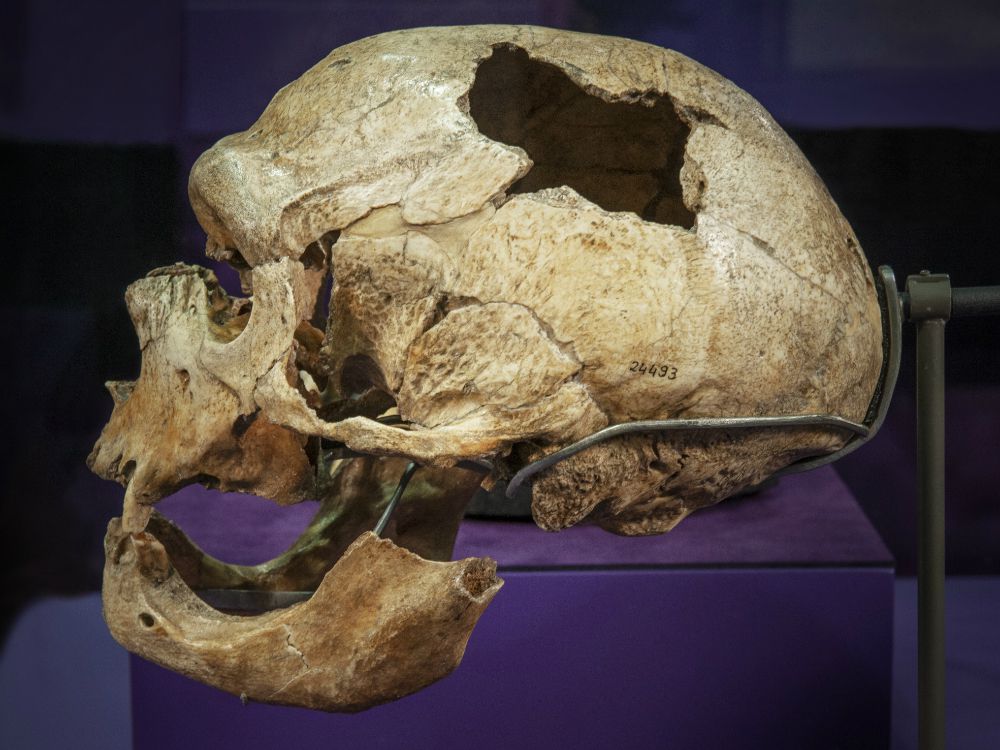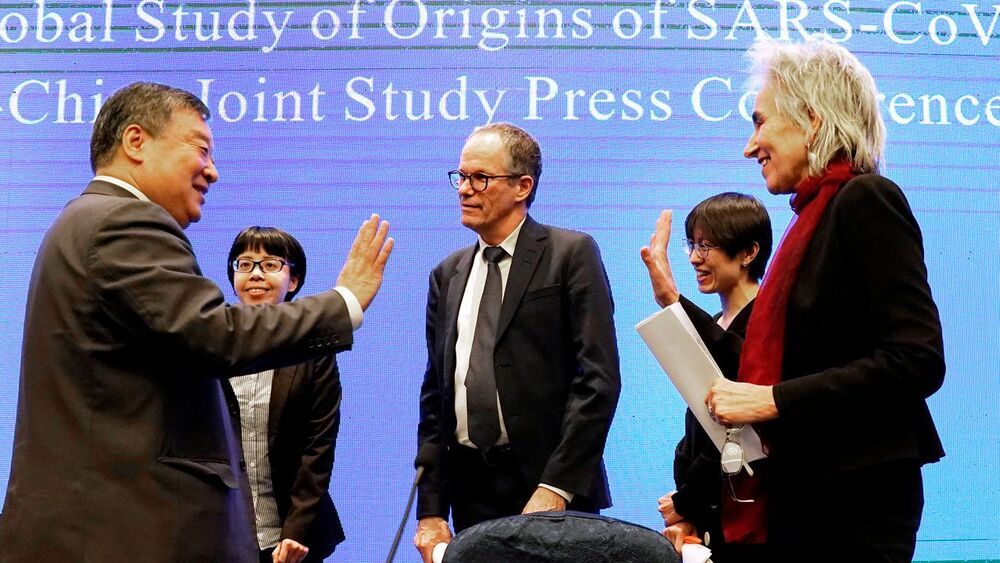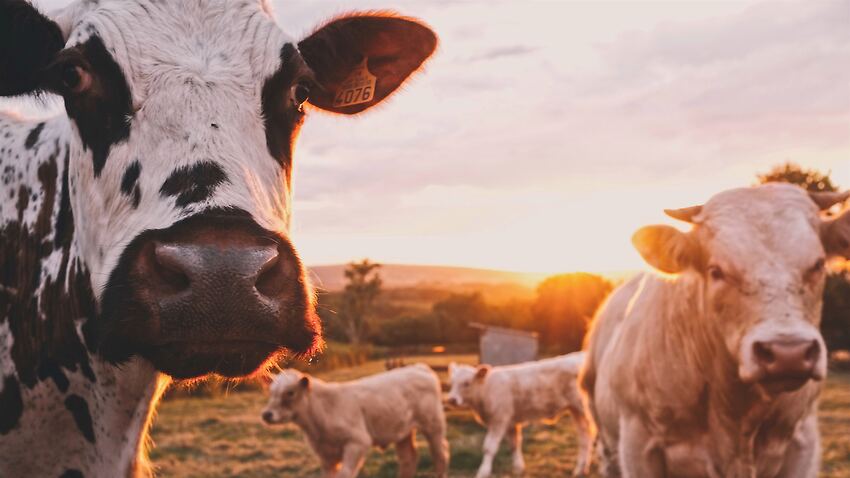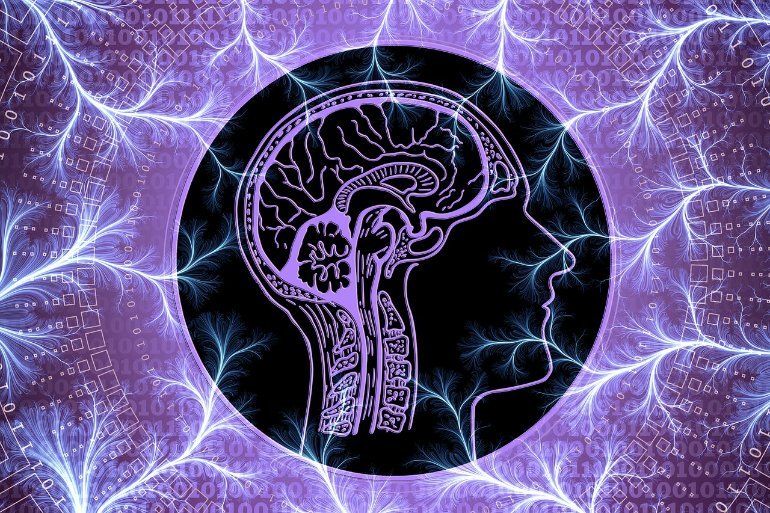Archive for the ‘biotech/medical’ category: Page 1432
Feb 17, 2021
SoftBank presses Vision Fund companies to seize IPO chance
Posted by Derick Lee in categories: biotech/medical, business, finance
TOKYO — SoftBank Group has urged some of its high-profile portfolio companies to accelerate plans for stock market listings, telling them they should capitalize on strong investor appetite for the booming tech sector.
The Japanese tech investment group led by Chairman and CEO Masayoshi Son hopes many of the businesses in its nearly $100 billion Vision Fund will tap the bullish sentiment for tech companies after the coronavirus pandemic, sources familiar with SoftBank’s strategy say.
Feb 17, 2021
Scientists create Neanderthal ‘mini-brains’ using CRISPR gene-editing
Posted by Quinn Sena in categories: biotech/medical, genetics, neuroscience
While the brain tissue of modern humans are typically smooth and spherical, the study, which was published in Science on Feb 11, found that the tissue created with the ancient genes were smaller and had rough, complex surfaces.
“The question here is what makes us human,” Muotri told CNN. “Why are our brains so different from other species including our own extinct relatives?”
Feb 17, 2021
Wall Street Looks Again at Bluebird, Rivals, After Gene-Therapy Setback
Posted by Genevieve Klien in category: biotech/medical
J.P. Morgan’s Cory Kasimov moved bluebird bio to Neutral from Overweight in response to news it is suspending trials of a treatment for sickle cell disease.
Feb 17, 2021
Startup Ozette unveils AI approach to understanding the immune system
Posted by Genevieve Klien in categories: biotech/medical, robotics/AI
Ozette applies artificial intelligence to immune monitoring to gain greater insight into a cancer patient’s immune system. Beyond informing treatment decisions, the technology can guide drug and diagnostic development.
Feb 17, 2021
‘Politics was always in the room.’ WHO mission chief reflects on China trip seeking COVID-19’s origin
Posted by Vivek Jaiswal in category: biotech/medical
We spoke with the leader of the World Health Organization’s recent mission to China to probe the origins of the #COVID19 pandemic. Here’s what we learned:
Lab accident hypothesis, while “extremely unlikely,” has not been ruled out, Peter Ben Embarek says after returning from 4-week investigation.
Feb 17, 2021
Ordering the vegetarian meal? There’s more animal blood on your hands
Posted by Brent Ellman in categories: biotech/medical, food
“Figures published in 2011 suggest that, in Australia, producing wheat and other grains results in: at least 25 times more sentient animals being killed per kilogram of useable protein more environmental damage, and a great deal more animal cruelty than does farming red meat. How is this possible? Agriculture to produce wheat, rice and pulses requires clear-felling native vegetation. That act alone results in the deaths of thousands of Australian animals and plants per hectare. Since Europeans arrived on this continent we have lost more than half of Australia’s unique native vegetation, mostly to increase production of monocultures of introduced species for human consumption. Most of Australia’s arable land is already in use. If more Australians want their nutritional needs to be met by plants, our arable land will need to be even more intensely farmed. This will require a net increase in the use of fertilisers, herbicides, pesticides and other threats to biodiversity and environmental health. Or, if existing laws are changed, more native vegetation could be cleared for agriculture (an area the size of Victoria plus Tasmania would be needed to produce the additional amount of plant-based food required). Most cattle slaughtered in Australia feed solely on pasture. This is usually rangelands, which constitute about 70 per cent of the continent.”
Going vegetarian, or even vegan, to minimise animal suffering and promote sustainable agriculture, actually kills more sentient animals living in vegetable crops that livestock farmed in paddocks.
Feb 17, 2021
How the Human Brain May Tap Into Visual Cues When Lacking a Sense of Touch
Posted by Genevieve Klien in categories: biotech/medical, neuroscience
Summary: Study of people who are unable to feel touch reveals surprising new details about how we unconsciously embody our physical selves.
Source: university of chicago medical center.
Feb 17, 2021
Defining spatial topography of gene expression in six-layered human dorsolateral prefrontal cortex
Posted by Genevieve Klien in category: biotech/medical
A team of researchers from Johns Hopkins Medical Campus, working with medical research company 10x Genomics has used a spatial gene expression technology to further define the six-layered human dorsolateral prefrontal cortex. In their paper published in the journal Nature Neuroscience, the group describes their use of the new technology and what it allowed them to see in their study of the dorsolateral prefrontal cortex.
Feb 17, 2021
World’s Oldest DNA – 1.2 Million Years Old – Reveals How Mammoths Evolved
Posted by Lon Anderson in categories: biotech/medical, genetics

An international team led by researchers at the Centre for Palaeogenetics in Stockholm has sequenced DNA recovered from mammoth remains that are up to 1.2 million years old. The analyses show that the Columbian mammoth that inhabited North America during the last ice age was a hybrid between the woolly mammoth and a previously unknown genetic lineage of mammoth. In addition, the study provides new insights into when and how fast mammoths became adapted to cold climate. These findings are published today (February 172021) in Nature.
Around one million years ago there were no woolly or Columbian mammoths, as they had not yet evolved. This was the time of their predecessor, the ancient steppe mammoth. Researchers have now managed to analyze the genomes from three ancient mammoths, using DNA recovered from mammoth teeth that had been buried for 0.7−1.2 million years in the Siberian permafrost.
















